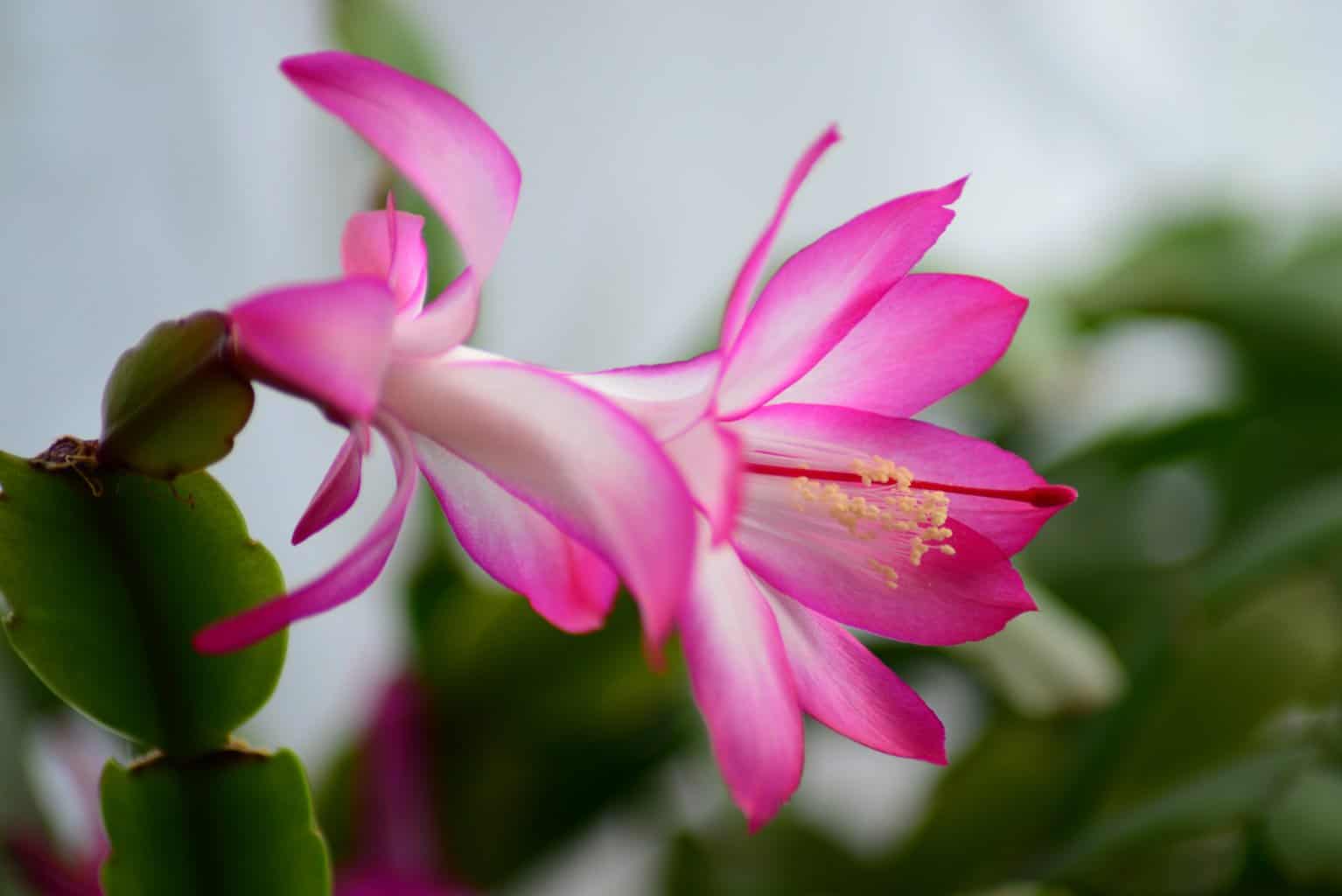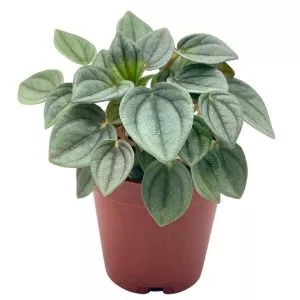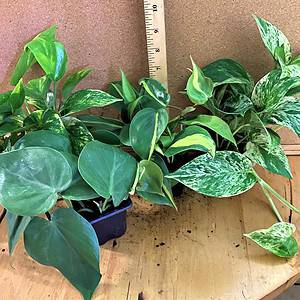No products in the cart.
Table of Contents
If you are one of the many plant parents that believe succulent plants need bright indirect light to grow well, the fact is that it’s not true. Instead, you can find a few succulent species that does well in low light conditions.
Aside from the fact that these plants are drought-resistant, they can tolerate low to medium-light settings in your home.
Yet, there is a difference between low light and no light at all, as they’re not the same. Not even a low-light succulent plant can go without light. It will not survive. But what does low light mean?
A low light location is a spot near a window indoors or in a shaded setting, like a balcony or patio. Another good example is your succulent plant on a dining room table or a shelf. It is away from a window with bright light, but in a well-lit room, so it is standing in a low light setting.
The same applies to outdoor plants growing under trees and receiving dappled light. But when you place your plant in a bathroom with a small window or no window, you need to give them a grow light.
You need to rotate your plant from artificial light to a natural light setting for better results.
Succulent Plants That Do Well in Low to Bright Light
The amount of light indoor plants needs differs from one species to another. But a few plants do well in direct sunlight, and others prefer bright indirect light to prevent the sun from burning their leaves. Here are some tremendous low-light succulents you can place inside the home.
Snake Plants (Dracaena trifasciata/Sansevieria trifasciata)

The mother-in-law’s tongue is your ultimate plant to keep in low-light conditions. While you might not put this plant in a closet, if it is in one, it will hang and cling to life for a few weeks. But do not go and try this at home.
You find the snake plant in offices as many gardeners feel it is a plant impossible to kill and thrives on neglect. Yet, we do not want our house plants to suffer. Your snake plant can thrive in bright to indirect light and lives on minimal water.
The best part is if you have one in your office, you need not buy one as they self-propagate when taking a little shoot. So, if you want a plant that can tolerate low light conditions invest in this baby. You’ll not be disappointed.
You can even place it in partial shade on the patio or balcony.
Jade Plant (Crassula ovata)

Another easy-going low, maintenance plant is the jade plant you can grow indoors. The best part is that it grows well outdoors in any setting.
Still, the jade plant can grow significantly to 10 feet tall. The succulent is resilient and bounces back to life when neglected as it has woody stems. Even when it loses all its leaves, it comes back to life.
Furthermore, if you do not have one and the neighbor as you can easily ask for a cutting. Still, when you grow them outdoors, it is easy to care for with those dark green leaves.
Best of all, it can even gift you with pink flowers.
Zebra Cactus (Haworthia attenuate)

The zebra cactus enjoys shade or low light and is a staple for your cubicle or a succulent arrangement. The plant’s native habitat is South Africa and it looks great solo or in a group.
Those striking curved leaves always make a statement whether grown in indirect sunlight or low light environments. Another huge benefit is that the zebra cactus is slow growing and fits right on a desk or table in the home.
It needs less water and how much light it needs depends on what is around it.
String of Pearls (Senecio rowleyanus)

The pearl plant is also native to South Africa and is a trailing succulent that looks great in hanging baskets or is used as ground cover in landscaping. While they love bright direct sunlight, they can grow in a hanging basket in indirect light.
Each string of pearl stems has tiny pearl-shaped leaves, and when in bloom, it produces white flowers smelling like cinnamon, yum-yum. Yet, when ingested, it is a slightly toxic plant and best kept out of reach.
Echeveria

The likeliness that you have an Echeveria in your succulent collection is high. The rosette-shaped plants are popular for growing indoors. The plant’s native habitat is Mexico, and you can find different species available.
You find them in a wide range of leaf shapes and colors as many hybrids are available. The fantastic thing is that these succulents have fleshy leaves and do not enjoy full sun. Yet, they do great in the shade with their green leave.
A good example is the molded wax plant or molded wax agave, also referred to as the lipstick plant. It does fine in low light settings but should not remain there permanently as it can result in stretched-out growth.
Hence, it can grow comfortably with those fleshy leaves with bright red tips and little sun exposure. It needs infrequent watering compared to other low-light succulents. So, best to wait until the soil’s completely dry.
Panda plant (Kalanchoe tomentosa)

This little fuzzy plant has such a cute name panda plant, pussy ears, to donkey ears. The succulent has thick fleshy leaves covered with a velvet fuzz layer. Hence, it has a silvery appearance with a brown yet rusty spot along the edges.
Those spots start a light color and darken with age. The panda plant is a very low-maintenance plant compared to other potted plants. Yet, while they do okay in low light, they do better when they receive bright indirect light.
String of Hearts (Ceropegia woodii)

The rosary vine or string of hearts remains a popular choice for indoor growing. It is an excellent low-light succulent that has attractive heart-shaped leaves. It grows buds resembling rosary beads with small spherical tubers. You can place it on a high shelf for the vines to cascade off, put them in a window box, or even hang planters.
Gasteria

The succulent species look like the Aloe Vera Plant but have short yet plumper compact growth. Compared to most succulents, its leaves are a deep dark green and raised with white bumps in the middle of the foliage.
The plant comes from Southern Africa with a slow-growing nature remaining small. It makes for a nice corner decoration when they receive bright indirect light. You can find two varieties the Gasteria batesiana and Gasteraloe Green Ice.
Mistletoe Cactus

The mistletoe cactus is an interesting epiphytic cactus with long cylindrical stems that grow to 10 feet long. Furthermore, it produces attractive white flowers and grows high up on trees in the wild. You can place it in a humid setting with low light in a hanging basket.
Mistletoe cactus do not like overwatering since it can lead to root rot. Allow soil to completely dry before watering.
Holiday Cactus

Whether you have the Easter, Thanksgiving to Christmas cactus, they all make outstanding additions to the home with a low light setting. It needs well-drained potting soil with infrequent watering. When growing in the right conditions, you can see a colorful display of blooms with the Thanksgiving cactus-producing orange flowers.
Summary
Some other succulents that can tolerate low light conditions are the ZZ plant and scarlet ball cactus. Still, many more are available, ranging from epiphytes to cactus-like and even tropical plants. Therefore, when you invest in a succulent, the best is to research each one’s needs to provide them with the best living conditions.
Whether you want to buy, sell or simply reach out to other plant enthusiasts, Plantly is the right place to be!
In stock In stock In stock In stock (can be backordered)
$6.99
Sold By:
BubbleBlooms
Green Ripple Peperomia Frost
Only 97 available and it’s in 1 people’s basket Rated 4.81 out of 5 based on 279 customer ratings00
Sold By:
BubbleBlooms
$9.99
Sold By:
Succulent Oasis
Medium Succulent Plant – Hen’s and Chicks Sempervivum Arachnoideum Cobweb Plant’
Only 14 available and it’s in 1 people’s basket Rated 4.84 out of 5 based on 352 customer ratings01
Sold By:
Succulent Oasis
$8.99
Sold By:
Cacti and Exotica
$12.00Senecio jacobsenii— Trailing Jade
Only 9 available and it’s in 2 people’s basket Rated 4.98 out of 5 based on 59 customer ratings00
Sold By:
Cacti and Exotica
$7.00
Sold By:
Painted Petals and More
The Viners
Only 10 available and it’s in 1 people’s basket Rated 4.78 out of 5 based on 64 customer ratings00
Sold By:
Painted Petals and More






